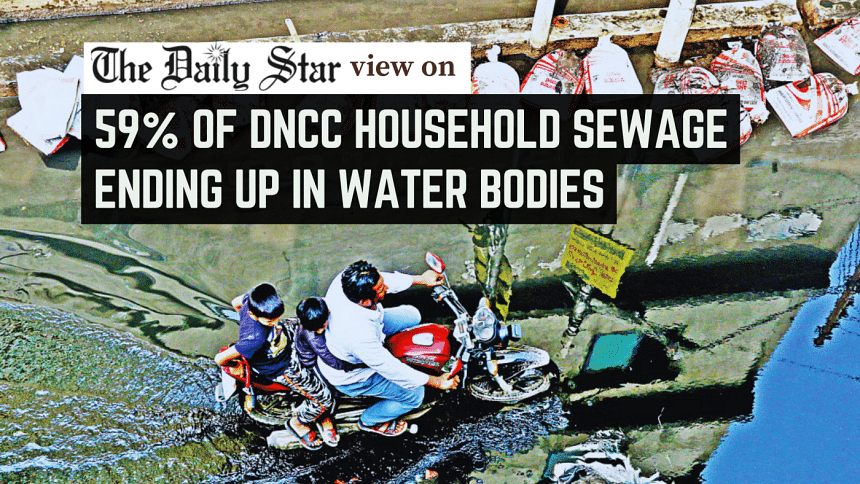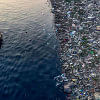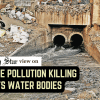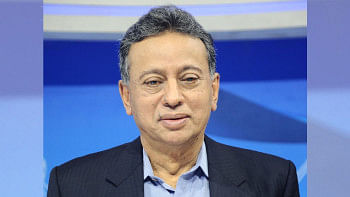Stop the menace of unchecked sewage dumping in DNCC

It is most unfortunate that a megacity like Dhaka still does not have a proper sewage management system. A recent survey has revealed that 59 percent of households in Dhaka North City Corporation (DNCC) dispose of their sewage (human waste) directly into drains and canals, as they are outside Dhaka WASA's sewer network. Although buildings are required to use septic tanks for sewage treatment, these households or owners rarely do. Instead, they secretly discharge waste into drains, which then flows into canals, eventually contaminating our rivers and other water bodies. Surprisingly, many of these buildings are located in posh residential areas such as Gulshan, Banani, Baridhara and Niketan. Reportedly, among the 524 houses surveyed in Gulshan, 367 had direct drainage lines connected to water bodies.
A decade ago, Dhaka WASA adopted a master plan to bring all buildings under a sewage network. As the plan has not been implemented, around 90 percent of the city remains outside this network. This has resulted in rampant pollution of water bodies in and around the city. As a recent study by the River and Delta Research Centre has revealed, pollution sources have nearly doubled over the last five years. The study, based on field surveys and satellite imagery, found severe pollution in the Buriganga, Turag, Shitalakkhya, and Balu rivers, all connected to Dhaka. It also identified 393 discharge points, including 102 industrial sources, 75 municipal sewer connections, and 216 smaller private outlets—all discharging untreated waste directly into rivers. Moreover, contaminants were found to be channelled to the rivers through 38 sluice gates and 62 service canals, alongside 441 dumping stations and points. The level of pollution thus generated is extremely worrying.
Due to Dhaka's high population density and space constraints, building and maintaining large-scale treatment infrastructure is a challenge. The authorities, therefore, should discard the old master plan and develop a new one prioritising localised, executable solutions, such as mandatory septic tanks in each building, small-scale treatment plants, and strict enforcement of building regulations. Since the Dasherkandi plant, which took a decade to construct, currently operates outside the sewerage network, it should be urgently integrated into WASA's system. Additionally, there must be clear provisions ensuring that every large housing project installs its own treatment plant. Only well-planned and coordinated efforts can help curb Dhaka's widespread sewage pollution.


 For all latest news, follow The Daily Star's Google News channel.
For all latest news, follow The Daily Star's Google News channel. 







Comments